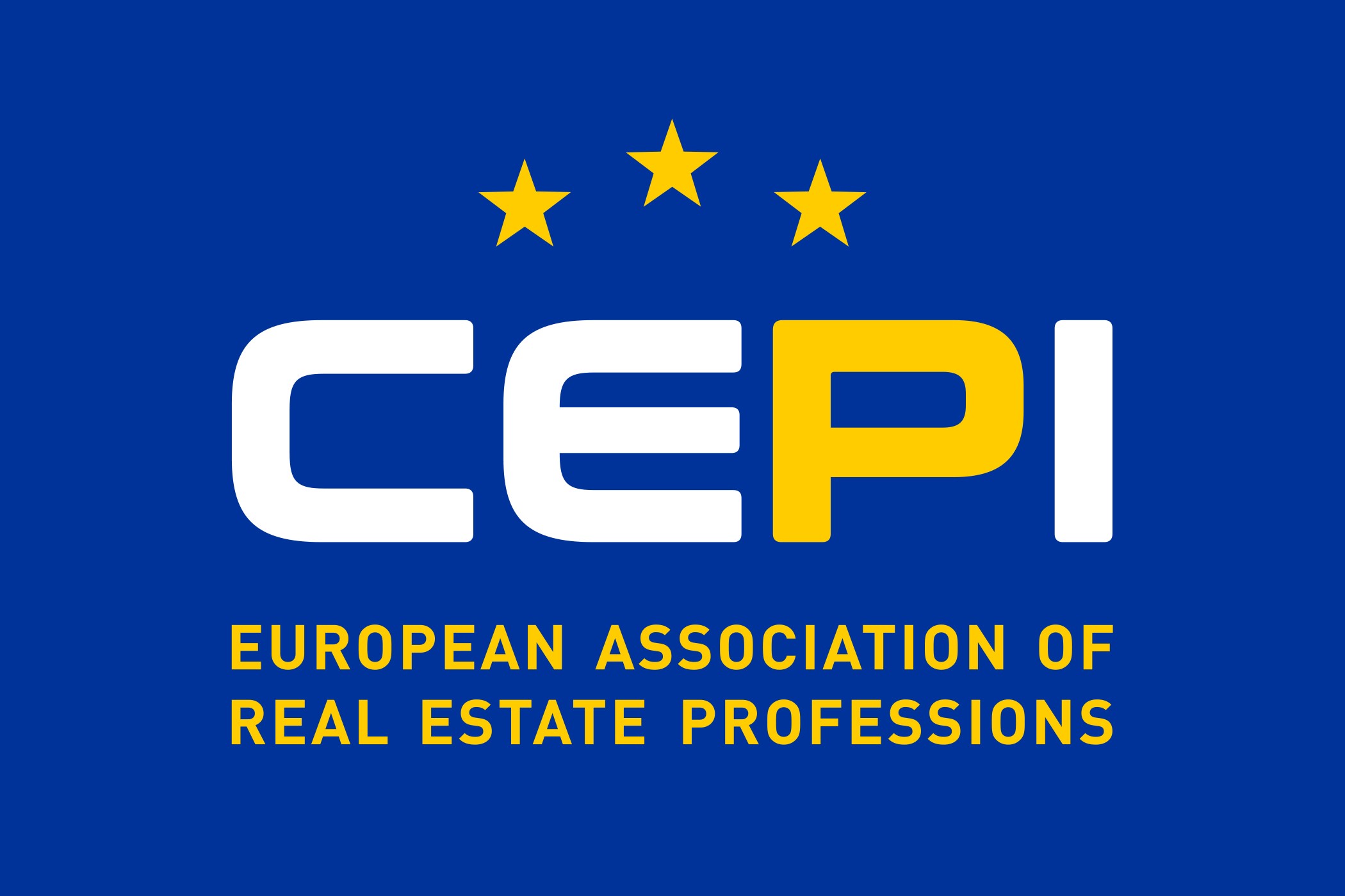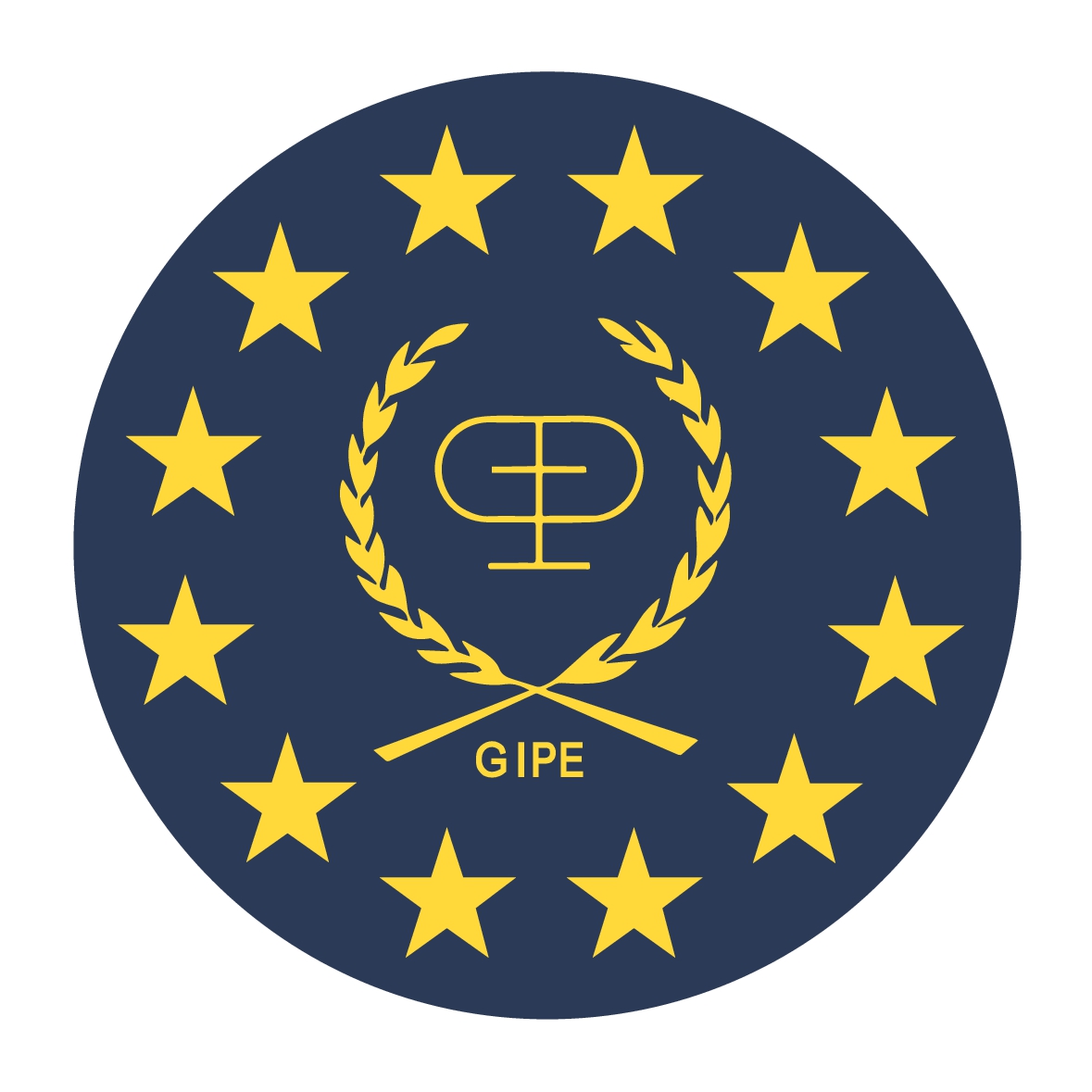
Tue 14 January 2025
Spain News | The Pine Processionary Caterpillar- Caution for pet owners!
The dreaded Pine Processionary Caterpillars - Caution to all pet owners!
The team at Jacaranda Spain are all animal lovers and most of us have our own pets.
So this time of year is when we pay particular attention to the areas with pine trees.
The rural and mountain areas of the Marina Alta are particularly affected by the Pine Processionary Moth, because of the pine trees and the climate.
This troublesome insect is nothing more than a small brown moth, harmless in it´s adult state. The adult moth lays up to 300 eggs in a sticky mass that resembles, from a distance, a large cotton wool ball. The nest is attached to the pine tree by a sticky resin.
The eggs hatch, inside the nest, and become a 3-4cm long, brown caterpillar, which feeds on the surrounding pine needles. They feed and then return to the nest until they are mature enough to venture down the trunk of the tree to search for soft ground. They form a line, up to 2 metres long, hence the name “processionary”.
This is the stage when we need to be very cautious.
When they reach soft ground the caterpillars burrow down to hibernate until ready to hatch. This can take until August, however, they present no threat once they are undergound in the pupal (cocoon) stage.
The caterpillars are covered in fine hairs which act as poison darts to would-be predators. For humans these hairs can cause a nasty allergic reaction, but for animals, the consequences can be horrific. Dogs are more often affected by this toxic menace, because of their natural curiosity and because the hairs stick to the dogs paws and legs, which they then lick. The toxin can cause severe swelling and, if the animal is not quickly seen by a vet, it can mean amputating part of their nose or tongue, or worse, it can be fatal.
How to keep your pet safe:
1) Stay away from wooded areas.
2) If you can´t avoid these areas, keep your dog on a lead and be vigilant.
3) Wash legs, paws and the bottom of your shoes when you get home.
4) If you have many nests within close proximity to your house, it is important to remove them. The wind can easily carry them to your doorstep.
5) If you find a procession close to your house, or where your pet could come into contact, spray it with hairspray (this stops the hairs being fired out) and burn it. Do not scatter or stand on them as you are simply spreading the toxic hairs! Afterwards, the ground should be doused with soapy water and thoroughly brushed to remove any trace because the hairs are poisonous, even after the caterpillars have been eliminated.
6) If you are in a high danger zone, ask your vet for medication to keep handy, just in case. If your pet comes into contact with the toxic hairs, give the medication immediately, but still get to a vet as soon as possible.
7) If your dog is affected you need to call an emegency vet and get the dog there as soon as possible.
Be very careful if you decide to remove the nests yourself!
You must cover up, wear a mask to prevent inhalation and goggles to protect your eyes. The nest should be cut down and burned, in a container with a lid.
The best and safest option is to call pest control.
Unfortunately, this year, there seem to be more nests than usual, at least in Llíber. Within the next few weeks, depending on the temperature, the caterpillars will emerge. Our dog walks for now, in our lovely little pueblo, will be around the vineyards, away from any danger.
If you live in the Marina Alta region, we urge caution when you are out and about with your four legged friends, make sure you carry your mobile phone and don´t go too far from home or your car.
Like us here at Jacaranda Spain, you will want to keep your precious pets safe and the Processionary Pine Caterpillar at a safe distance.



